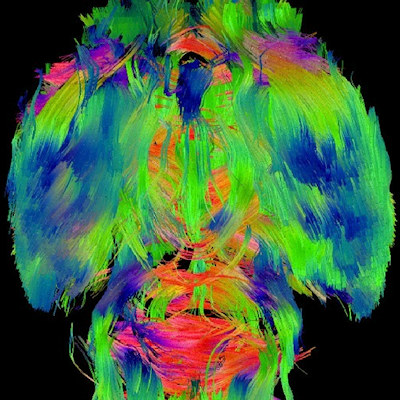December 9, 2022 -- Harvard University and Massachusetts Institute of Technology (MIT) researchers have devised a new technique to achieve long-term changes in neuron activity using light exposure. Their research, published on December 7 in the journal Science Advances, may help establish causality between neuron excitability and behavior, advancing the field of optogenetics.
Scientists have previously stimulated or silenced neurons via light exposure. Changes in neuron excitability -- how strongly or weakly they respond to electrical and physiological signals -- are linked to brain processes, including learning, aging, and some disorders. The researchers set out to generate longer-lasting neuron excitability changes than what has been generated using transient light activation or suppression.
Neuron excitability is governed by two cell membrane properties: conductivity and capacitance. In contrast to previous conductivity studies, the Harvard-MIT team focused on altering cell membrane capacitance -- a determinant of its ability to conduct electricity. When cell membrane capacitance is increased, neurons become less likely to fire in response to other cells' input. When capacitance is decreased, neurons become more excitable.
Researchers knew they could alter neurons' excitability by inducing them to assemble either conductive or insulating polymers in their membranes. They used a genetically engineered light-sensitive protein that catalyzed polymer formation and engineered neurons grown in a lab dish to express this protein, which they called miniSOG.
When activated by blue light wavelengths, miniSOG produced molecules called reactive oxygen species (ROS). The team simultaneously exposed the cells to building blocks of either a conducting polymer (PANI) or an insulating polymer (PDAB). Following light exposure, the ROS spurred those building blocks to assemble into either PDAB or PANI.
Using a whole-cell patch clamp technique, the researchers found that neurons with conducting PANI polymers became less excitable, while neurons with insulating PDAB polymers became more excitable. Longer light exposures produced larger excitability shifts, which lasted the three days the neurons remained alive.
The research team is adapting their technique for brain tissue use, hoping to shed light on how changes in neuron excitability affect disorders such as multiple sclerosis and Alzheimer's disease.
"Future application of our approach in disease models will tell whether fine-tuning neuron excitability could help reset abnormal brain circuits to normal," co-author Xiao Wang, PhD, of MIT said in a statement.
Copyright © 2022 scienceboard.net










